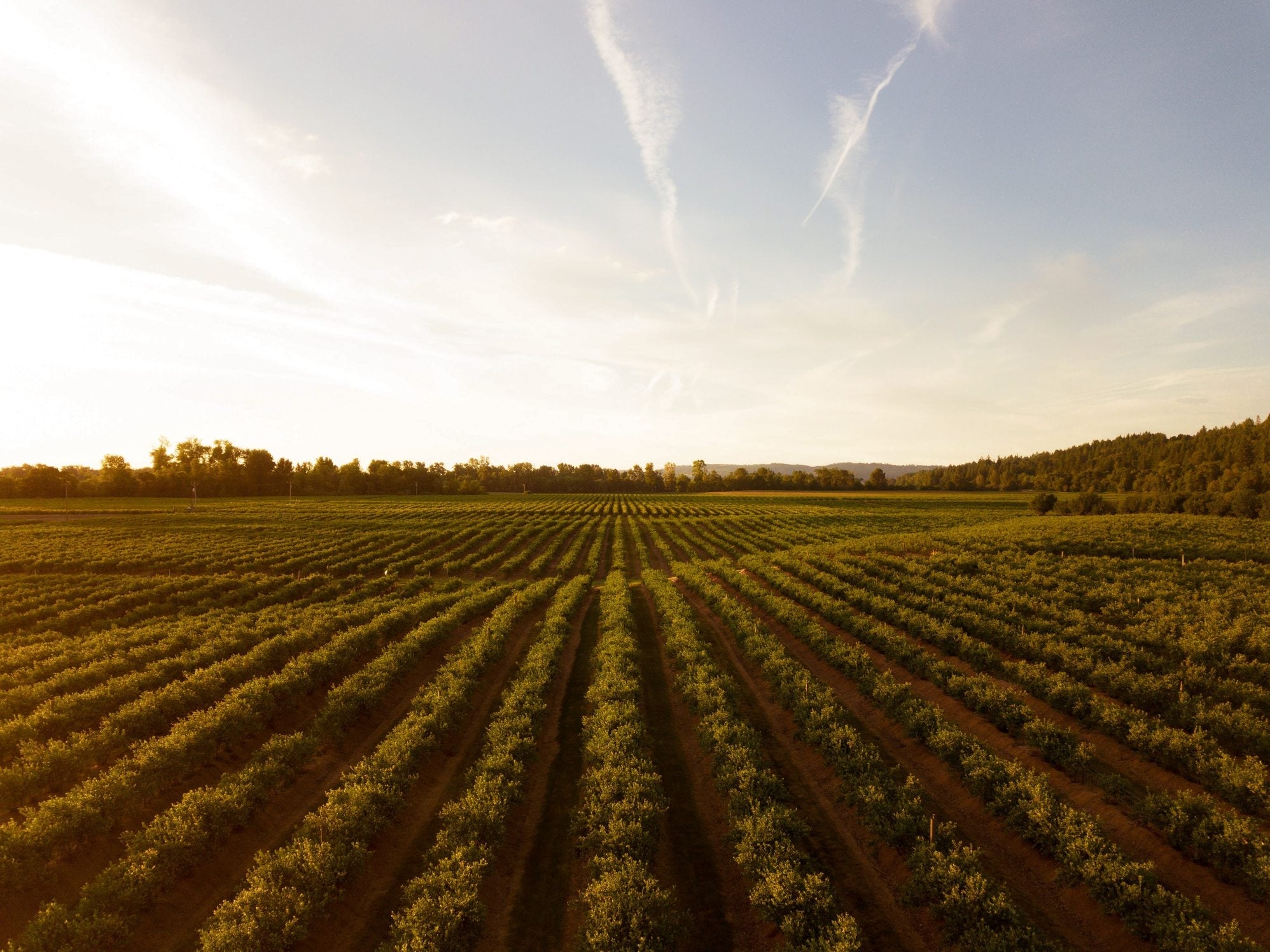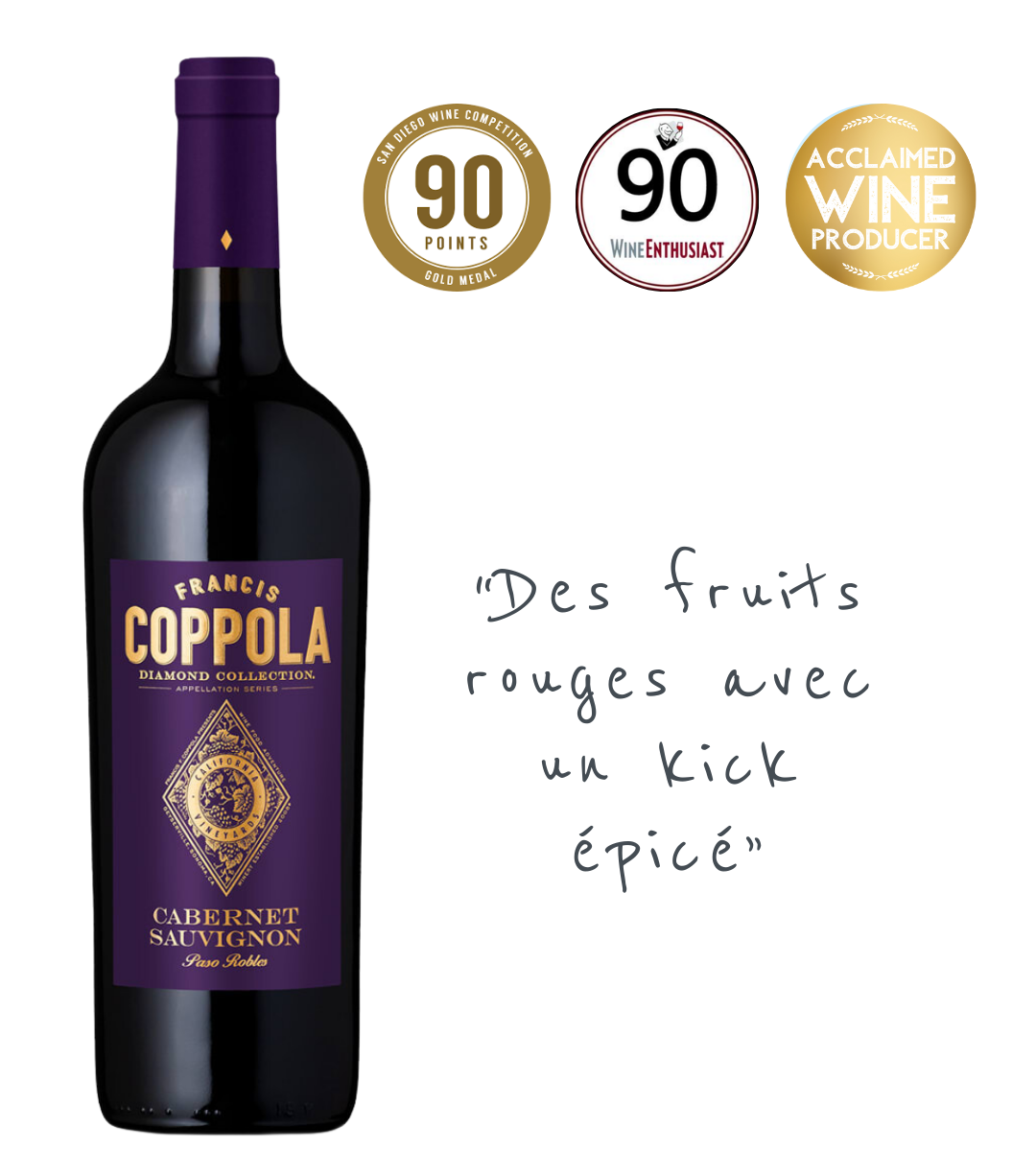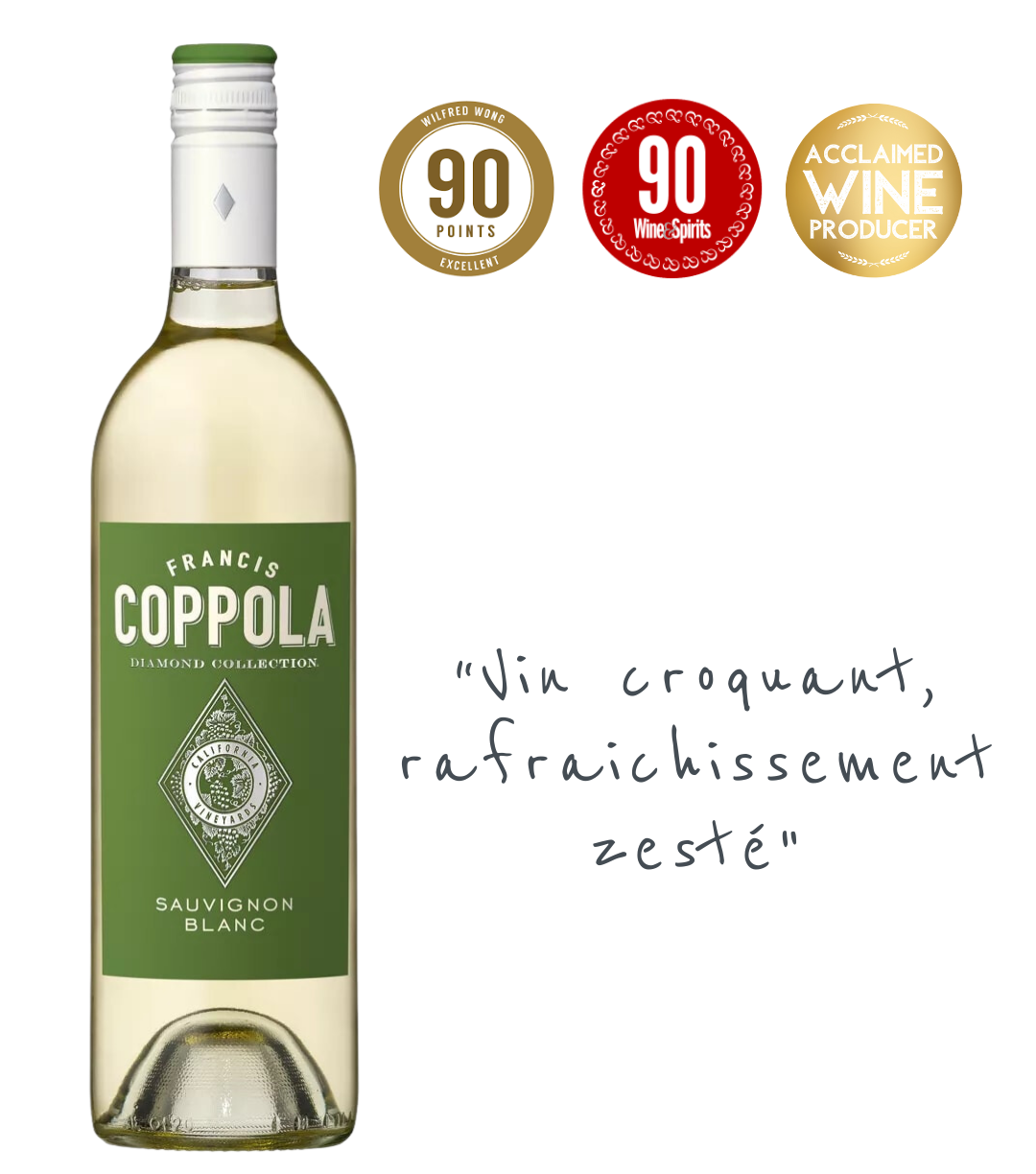
Our American Wines
Life, liberty, and... the pursuit of good wine. The New World learned a great deal from their European forebears, crafting impressive wines like the infamous Zinfandel. American winemakers have perfected their art, blending tradition with innovation to create wines of great character. Uncle Sam wants you... to try American wines, embracing the legacy and innovation of New World vintages while savoring the unique flavors and rich stories in every bottle.

Sonoma California, United States

Sonoma California, USA

Sonoma California, United States

Sonoma California, USA
Our American Wines
American wines have seen a rise in popularity and quality over the past few decades, establishing themselves as serious contenders on the global stage. Outside of California, other wine regions are emerging and gaining recognition. Oregon, for instance, is renowned for its elegant Pinot Noirs, benefiting from a cool climate ideal for this delicate grape variety. Washington State, with its robust Cabernet Sauvignons and Merlots, is also asserting itself as a producer of high-quality wines. Virginia, New York State, and Texas also contribute to the country's viticultural diversity, each with its regional particularities and distinctive grape varieties. American winemakers are experimenting with innovative winemaking techniques, blending tradition and modernity, which adds to the richness and diversity of wines produced in the country.
Focus on the Californian Wine
The Judgment of Paris: A Revolution for Californian Wine
In 1976, a landmark event shook the wine world: the Judgment of Paris. Organized by Steven Spurrier, this blind tasting pitted Californian wines against renowned French wines. To everyone's surprise, the Californian wines, particularly a Chardonnay from Napa Valley and a Cabernet Sauvignon, triumphed over the French wines. This historic event, often referred to as the 1976 Tasting, put Californian wine on the world map, proving it could rival the greatest Bordeaux and Burgundy wines.
Californian Vineyards: Sonoma and Napa Valley
Today, California is recognized for its iconic vineyards, notably those in Sonoma and Napa Valley. These regions offer ideal conditions for viticulture, thanks to a Mediterranean climate and exceptional geological diversity.
Napa Valley
Napa Valley is undoubtedly California's most famous wine region. It is renowned for its Californian red wines, particularly Cabernet Sauvignon, distinguished by its aromas of dark fruits, tobacco, and oak. Napa Valley vineyards also produce excellent Bordeaux Blends, often combining Cabernet Sauvignon, Merlot, and sometimes Cabernet Franc. The wines from Napa Valley are known for their tannic structure, aging potential, and aromatic complexity.
Sonoma
Close to Napa Valley is Sonoma, a region equally prestigious but more diverse in terms of grape varieties and wine styles. Sonoma is famous for its Californian Chardonnay, which can range from fresh and mineral to rich and oaky, depending on the winemaking techniques. The region also produces remarkable red wines, such as Zinfandel, known for its notes of ripe red fruits, spices, and sometimes chocolate. Sonoma stands out for its more artisanal approach and commitment to sustainable viticultural practices.
Diversity of American Wine Regions: Oregon and Its Pinot Noirs
Beyond California, other American wine regions are gaining recognition, particularly Oregon. The Willamette Valley, located in Oregon, is especially renowned for its Pinot Noirs. Oregon Pinots Noirs are characterized by their delicate aromas of cherry, raspberry, and earthy notes of mushroom and spices. The cooler climate of the Willamette Valley allows for the production of elegant, balanced wines often compared to great Burgundies.
The Notion of AVA: An Equivalent to French AOCs
In the United States, the AVA (American Viticultural Areas) system is equivalent to France's AOCs (Appellations d'Origine Contrôlée). An AVA is a designated wine-growing region recognized for its unique geographical and climatic conditions influencing the character of the wine produced. Napa Valley and Sonoma are among the most famous AVAs, but others, like the Willamette Valley in Oregon, are also gaining prestige. The recognition of an AVA ensures a certain quality and typicity of the wines produced, helping consumers identify the origin and style of the wines they purchase.
The Judgment of Paris marked the beginning of global recognition for Californian wines, revealing the exceptional potential of the vineyards in Napa Valley and Sonoma. The main grape varieties cultivated, such as Cabernet Sauvignon, Chardonnay, and Zinfandel, have contributed to the reputation of these regions. Furthermore, other American wine regions, like Oregon with its Pinot Noirs from the Willamette Valley, add to the diversity and richness of American viticulture. The AVA system, similar to the French AOC, guarantees the typicity and quality of wines, confirming that the United States, and particularly California, now holds a prominent place on the global wine scene.







